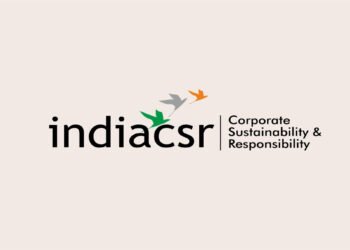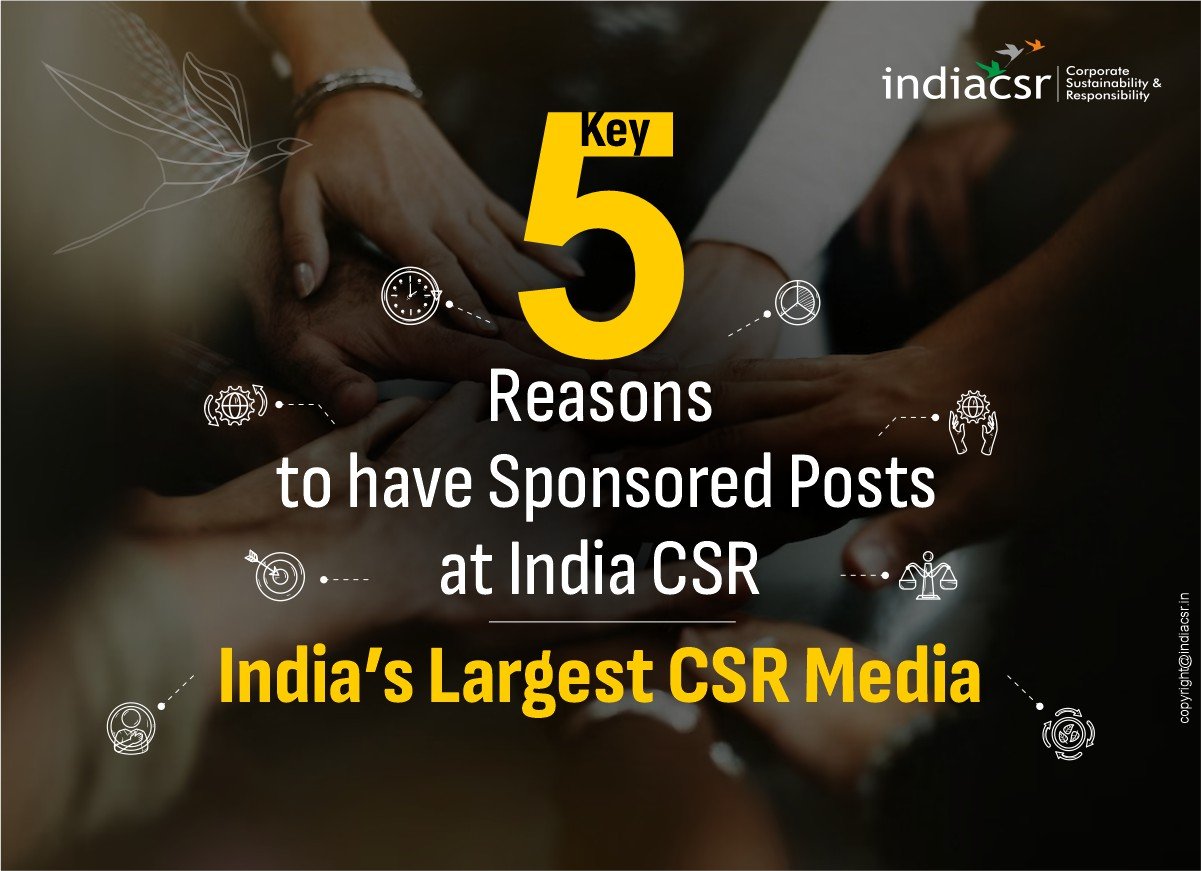A leading telecom solutions provider Huawei released its 2010 corporate social responsibility (CSR) report. The report provides anoverall review of Huawei’s commitments and practices with regard to its corporate social responsibilities, including implementing fair operations, practicing ongoing environmental protection, bridging the digital divide, enhancing supply chain CSR management, caring for employees, and offering communitysupport. The report also covered India activities of the company. The report demonstrates Huawei’s efforts and contributions in driving the sustainable development of the economy, society, and the environment.
This is Huawei’s third annual CSR report. The report wascompiled in compliance with the G3 guidelines of the Global Reporting Initiative (GRI), and it discloses Huawei’s efforts and practices in a systematic and standardized manner. Major core indicators were used. The application level of the report is B+.
As outlined in the report, in 2010, Huawei took proactivemeasures worldwide to fulfill its social responsibilities as a global corporatecitizen. To achieve these efforts, Huawei worked to optimize its CSR management system, which ensures closed-loop management starting from strategic planningand continuing through to execution. In India Huawei has deeply engaged with the E-Hope program for computer education aimed to bridge the digital divide by providing school children with access to technology and the technical know-how. The organization successfully launched the E-Hope program in various districts of Delhi, UP , Punjab, Haryana, Orissa, Tamil Nadu and Rajasthan.
In her “Message from the Chairwoman,” Huawei’s Chairwoman Sun Yafang noted, “An enterprise can survive, sustain its growth, and contribute to society only if that business consistently aligns its core values and operational responsibilities with its social responsibilities, rather thanseeking merely short-term achievements.”
Keeping this theme at the core of its business, Huawei has been engaged in the research and development of environmental-friendly products for several years and emphasizes the importance of eco-design through out the life cycle of products and solutions, from concept development to launch. Huawei aims to achieve three main goals through eco-design: environment conservation, quality enhancement and the rational and efficient usage of resources.
CSR initiatives in India
Huawei conducts a wide range of CSR activities in India and isactively involved in promoting green technology, equal access to tele communications and in helping bridge the ‘Digital Divide’.
Huawei actively communicates with customers on energyconservation and environmental protection. It closely collaborates withcustomers across the value chain to build environmentally-friendly networks, and promotes sustainable development of the industry in order to achieve its objective: “Green Communications, Green Huawei, and Green World”.
Under the aegis of its E-Hope program, for the promotion ofeducation and bridging the digital divide aimed towards under-privileged children, in the last year and a half Huawei has distributed computers to government schools to equip school children with basic technical know how and access to the latest information, technology and computer systems. The program aims to reach about 100,000 children annually and build a knowledge network of 1,000 rural schools across Indiain the next 2 years.
Through its tie ups with NGO’s like Parikrama and Deepalaya, Huawei is constantly assisting in developing a bright future for specially abled children across India. This year, Huawei announced the ‘Maitree Scholarship Program’ for higher education for graduate and post-graduate Indian students in China.
Appendix: Excerpts of Huawei’s 2010 CSR Report
1. With “enriching people’s lives through communication” as its vision, Huawei appliedits professional ICT experience to help bridge the digital divide. In 2010, Huawei joined the U.N. Broadband Commission for Digital Development, collaborating with leading global companies, and actively contributing toglobal social and economic development through broadband development.
Huawei continued to grow the “Telecom Seeds for the Future” Program, enhancingcommunications skills in Malaysia, the Philippines, Australia, Indonesiaand Bolivia. In Africa, Huawei donated telecom lab equipment worth USD 1 million to three national universities in Ghana, providing opportunities for the students to apply what they learn in the classroom to practical situations.
2. To promotethe development of the global low-carbon economy, Huawei signed the Voluntary Green Agreement with the Ministry of Industry and Information Technology of China, promising to reduce the average energy consumption (AEC) per unitbusiness volume of shipments by 35 percent of 2009 levels before the end of 2012. Huawei’s total shipment of products in green packaging exceeded 40,000 pieces in 2010, resulting in a reduction of annual timber usage by 6,100 cubicmeters and carbon emissions by 12,000 tons.
3. Huawei pays ongoing attention to improving the CSR of its suppliers and partners. In 2010, Huawei held its secondCSR training conference for its global suppliers. The leaders of over 170 global suppliers and partners, as well as representatives of world- renowned operators, such as British Telecom, Deutsche Telekom, Vodafone and France Telecom, attended the conference.
4. Huaweicontinues to improve its employee welfare system in order to fully enable thedevelopment of its employees. In 2010, Huawei spent a total of CNY 1.97 billionon employee welfare. Huawei also continues to focus especially on the career growth and development of its female employees. Huawei’s R&D department held the first female development conference on “growth, progress, and excellence.”
5. Huawei actively contributes to the development of communities where it operates. The company is committed toefforts and actions that enable it to make positive contributions to welfare, education, disaster relief and environmental protection in local communities.
After a major disaster occurs, for instance, Huawei arranges for its employees to arrive atthe site quickly, so that they can assist local telecom operators in repairing affected sites and recovering communications as soon as possible. In 2010, Huawei contributed USD 1.055 million in cash to flood-stricken countries, such as Venezuela, Columbia, Mexico, and Vietnam, to help local residents with disaster relief.
After the 2010 earthquake in Qinghai’s Yushu County, Huawei employees voluntarily contributed nearly CNY 6 million in direct funds in addition to necessary materials through the company’s Charity Association to help in the reconstruction of Yushu.




















